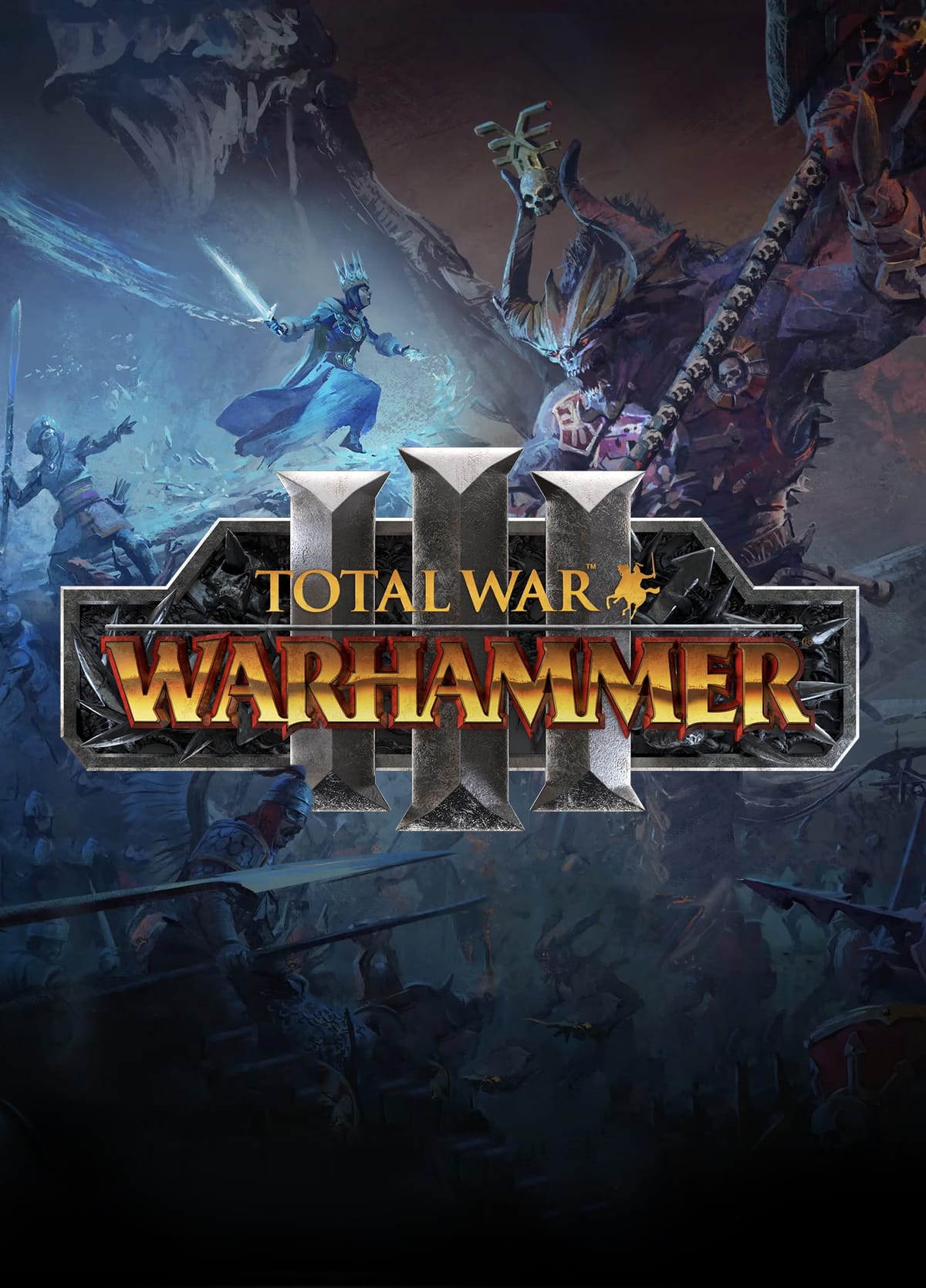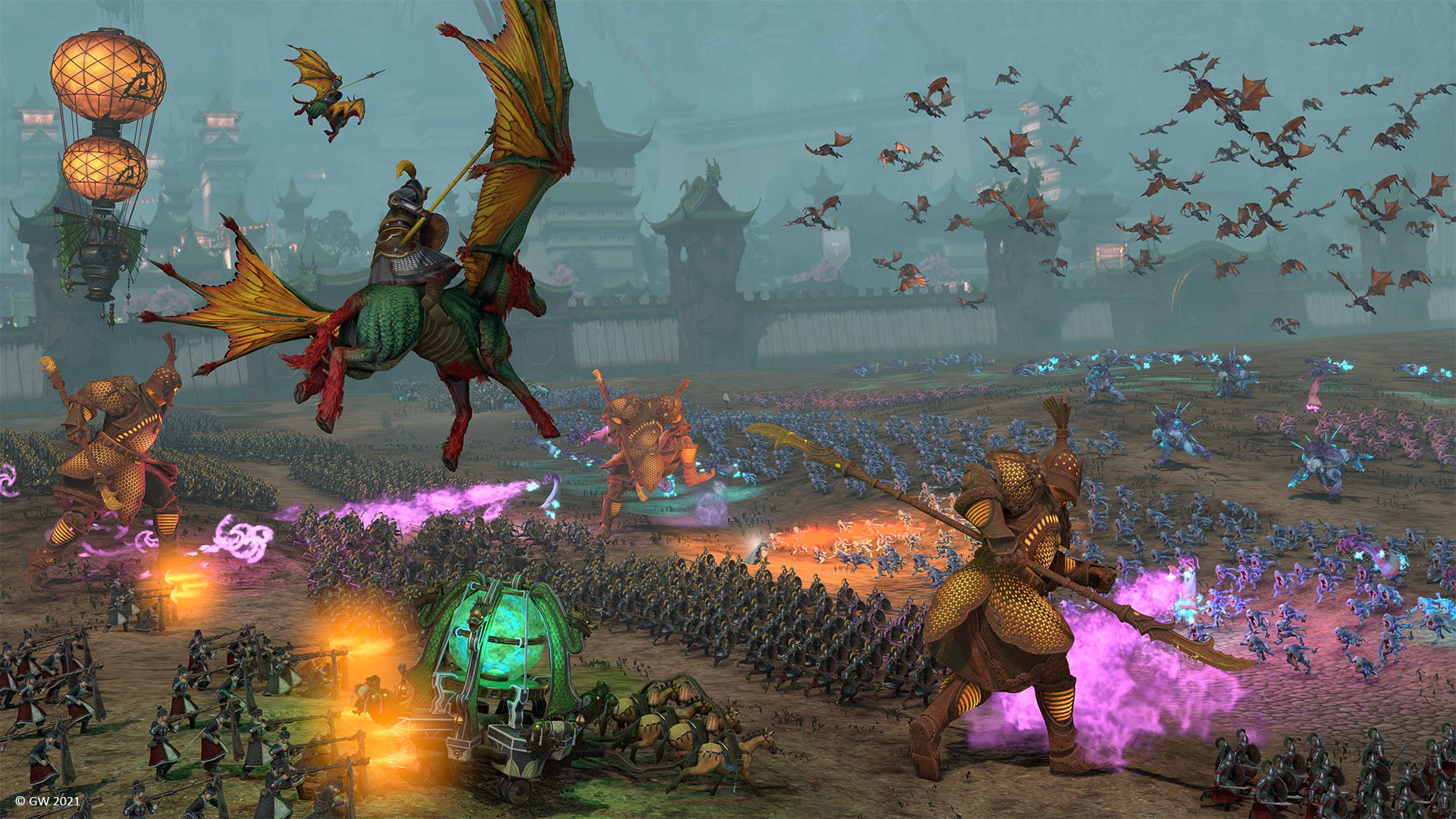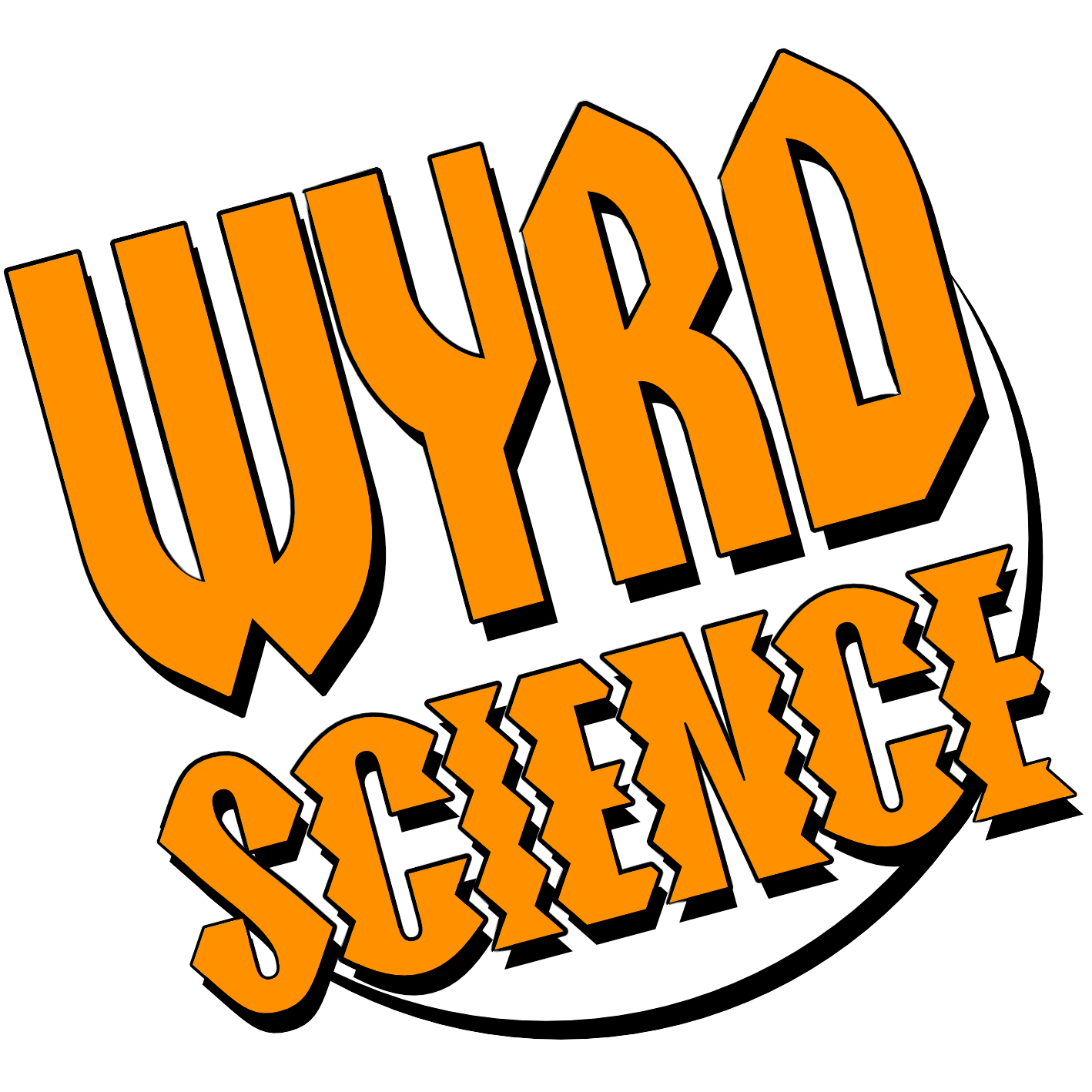
It's been almost six years since Total War: Warhammer recreated Games Workshop's "World That Was" and it's hard to imagine a more perfect combo. Creative Assembly's long-running Total War series built its reputation on heat-of-the-moment battles, strategic campaigns, and a drive for authenticity in both setting and historical period. It's unsurprising that this methodology translates so well to Warhammer Fantasy.
Since its inception in the 1980s, its world, lore, races, and rosters have been fleshed out in both army compendiums and roleplay books to the point that it has its own complete history. Still, there's always been potential for further development, and that's the territory where Total War: Warhammer 3 plants its flag.
The first game explored the game’s traditional setting, the Old World of the Empire, the second game took us to the New World of the High Elves and Lizardmen, whilst the third installment pushes the scope eastwards, towards the fringes of the know Warhammer Fantasy world. While the Empire, High Elves, and Lizardmen all have long histories on the tabletop and backstories to go with them, our two new good-guy races, Kislev and Cathay, were only ever explored in a more minor capacity.
This time around the Daemons of Chaos are the stars of the show, and horror-filled armies and corruption take centrestage. This all starts with the Lost God prologue, a narrative intro into Total War's mechanics that harks back to the Warhammer Fantasy Role-Play books, while also channeling narrative strategy games like Frostpunk. You play as the Ungol prince, Yuri, as he leads an expedition into the frozen Chaos Wastes in search of Kislev's absent bear god, Ursun. It's a great little tutorial campaign about Yuri's ambitions and the corrupting influence of Chaos.
More importantly, it sets up the campaign's central premise: Ursun is dying. The first daemon prince, Be'lakor, has trapped the bear god in the Forge of Souls, and the only way to gain ingress is to defeat the four chosen princes of the Chaos gods by diving headfirst into their domains. Each of the eight playable factions have their own, often questionable, plans for the poor bear. Kislev wants to save its patron god whilst Cathay needs some info that only he knows, meanwhile at the other end of the scale, you have the Ogres who want to eat him, and the Seducers of Slaanesh who basically want to get off to his death throes.

As Ursun roars, rifts open across the campaign map, allowing you to access the Chaos realms and fight your way into the heart of each. However, every domain has its own unique challenge. In Khorne's realm you have to sate the blood god's taste for violence by defeating other armies, Slaanesh offers you ever more extravagant bribes, and Tzeentch, The Changer of Ways, literally changes the way through his domain with a puzzling portal network. If you can overcome each trial, you get to take part in a final battle against their champion.
Back on the home-front, though, the rifts are corrupting your provinces and spewing out Chaos armies to raze your settlements. Since the rifts open periodically throughout the campaign, balancing expansion and defense is the central challenge, as you quickly switch focus between enemies within and without. It's a structure that works brilliantly for a single playthrough, but unfortunately doesn't offer much replayability. The Chaos Realms are wonderfully realized in a visual sense, but the repetitive challenges, and the fact that the Chaos Rifts interrupt your campaign makes them quite frustrating, especially if you prefer an open strategy experience. It's no wonder that since the game's release, the most popular mod lets you disable the Chaos Rifts entirely.
But in faction terms, Creative Assembly have done a great job with each of the game's races. If you can stick a bear to it, Kislev has, with polar bear cavalry, bear warsleds, and bear-pulled cannons. They even have a giant magical bear that's formed from the earth, with trees sticking out of it. As ever, CA's single-entity monsters are on point. Cathay, on the other hand, is more like if you took a standard Three Kingdoms' army but added a dragon, Terracotta giants, and a fleet of floating artillery lanterns. Despite their flashier units, both factions focus on ranged superiority, and it feels pretty epic to stand your ground and unload all guns against a charging horde of daemons.

I was also pleasantly surprised by the amount of tactical variation in the daemonic factions' playstyles. Tzeentch is all about overwhelming firepower, with massed ranged infantry and magic for days. Slaanesh is the epitome of glass cannon, squishy as hell, but incredibly fast and great at flanking. Plague god Nurgle’s forces are a slow, inexorable tide with massive unit health pools and regeneration that lets them soak up missile fire. And Khorne focuses on blending infantry and getting aggressive. The daemonic rosters in general are a real treat, as you induct more and more weird-looking monstrosities into your ranks. It's one of the reasons that the Daemon Prince faction is so good.
This fifth Daemons of Chaos faction centers around a prince who hasn't decided which god to align with yet, meaning he can recruit units from all four of the rosters, and equip special wargear to change how he performs on the battlefield. If you can't decide which Chaos faction to choose, this acts as a taster campaign, letting you combine the strengths of different daemons into the ultimate army. Though each daemon faction is fun in terms of its specific playstyle, this is definitely a better alternative to playing four fairly repetitive campaigns.
Total War: Warhammer III is absolutely a worthy sequel in terms of units and factions, but as it stands, the Realms of Chaos campaign structure kills replayability, which is one of the central appeals of the series as a whole. It also isn't helped by the fact that its current map features territory from previous games, like the Empire, Norsca, and the World's Edge Mountains, and that regions like Cathay are squashed, and have little room for expansion.
That said, I have no doubt that the Immortal Empires campaign, which combines all previous maps, will solve those issues and provide a platform that supports the game for years to come. If you're in two minds about whether to pick up Total War: Warhammer III yet, it might be better to hold off until that campaign is released in Q3 alongside the first Lord pack DLC.
Published by Creative Assembly
This feature originally appeared in Wyrd Science Vol.1, Issue 3 (Oct '22)
